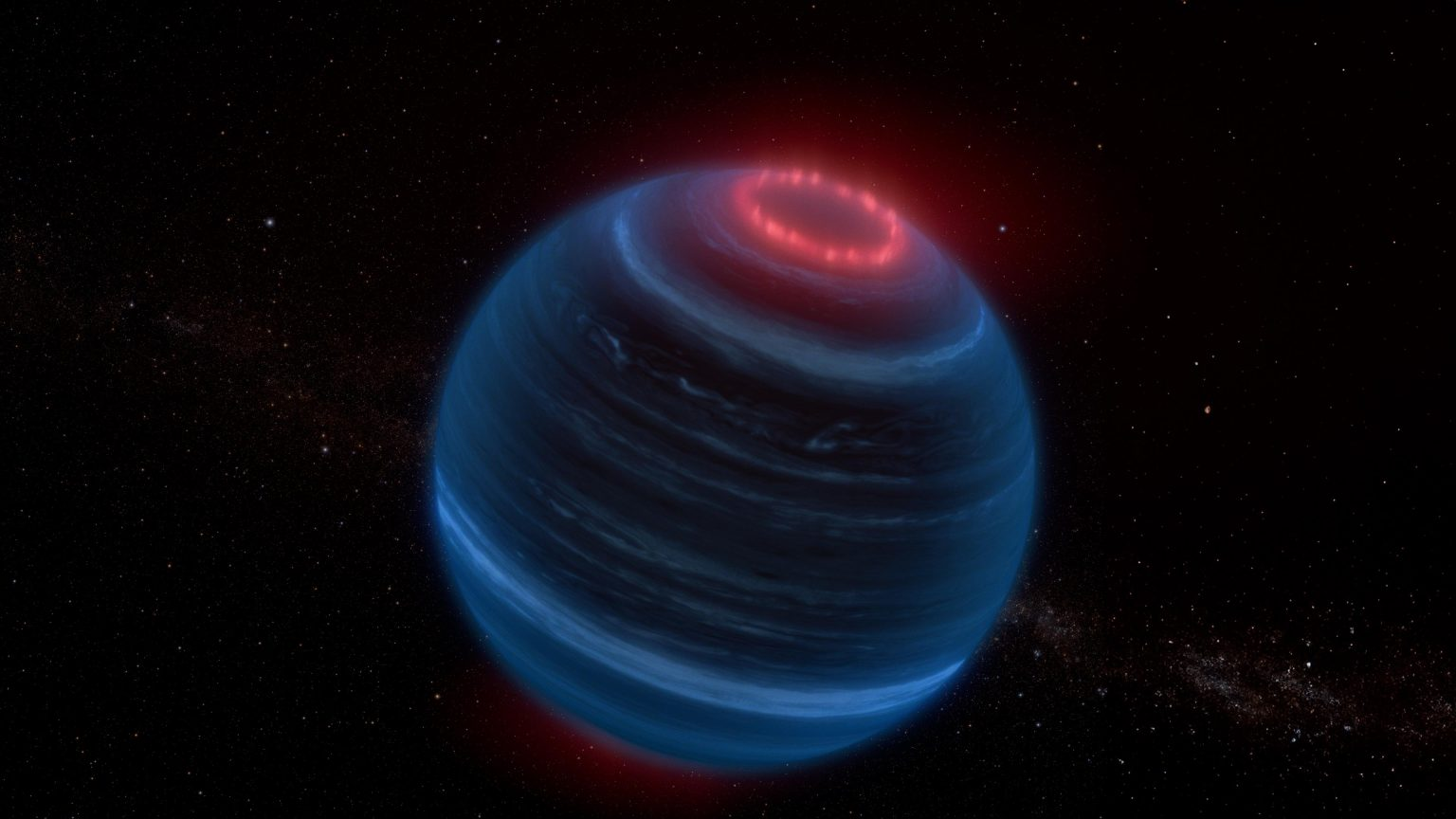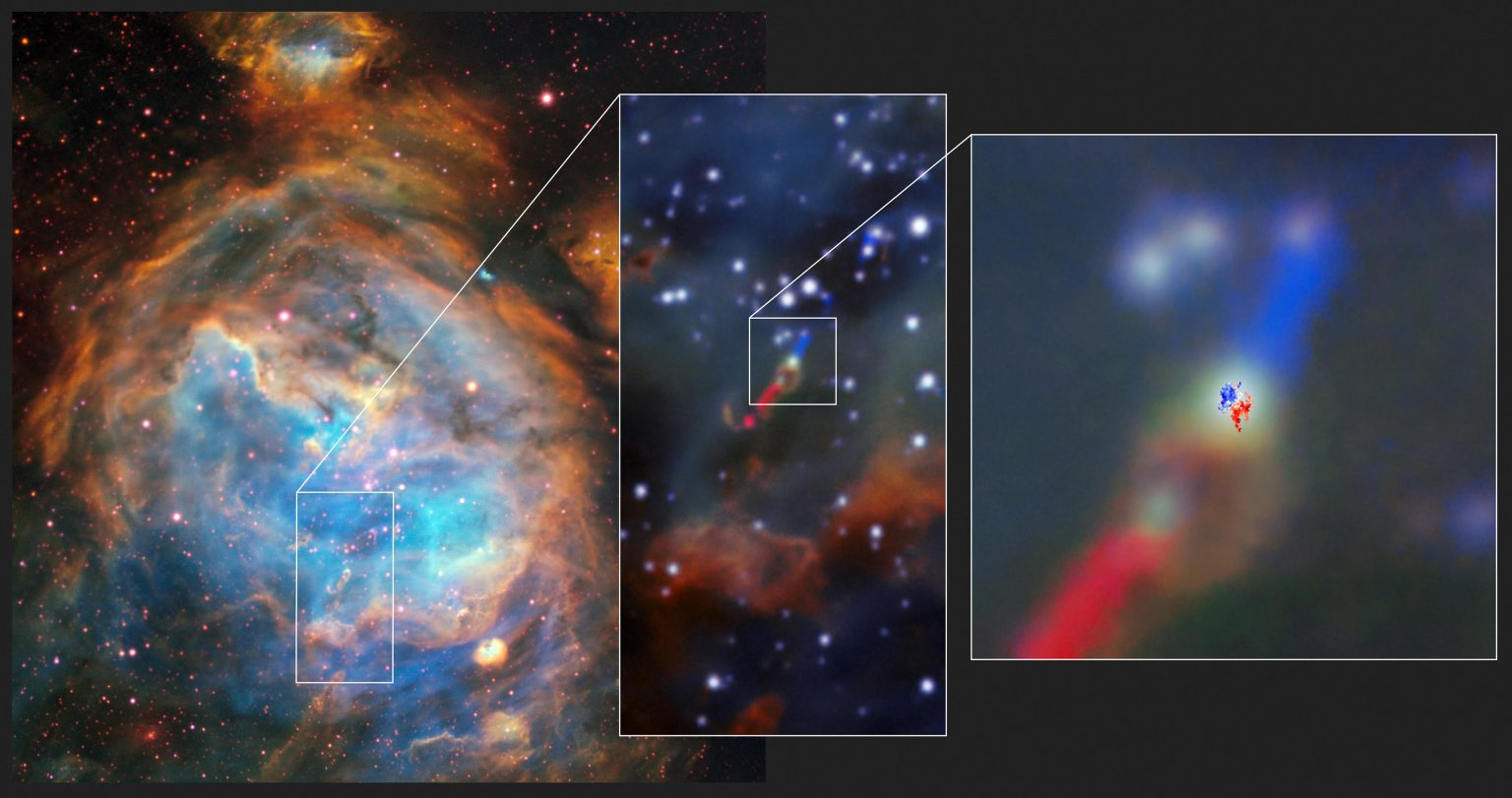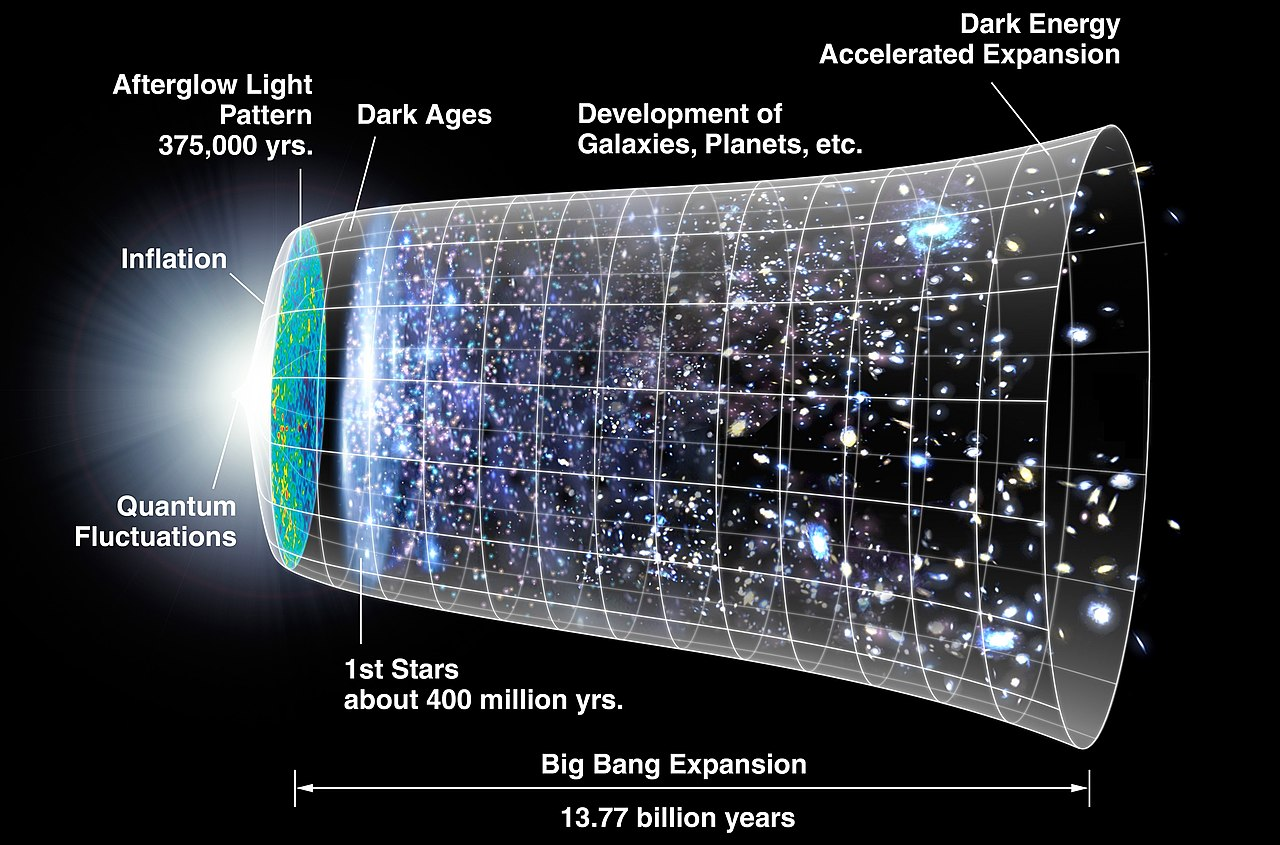Linear space and time.
The energy level is one of the things that determines time.
Today we live in linear time. The nature of time is interesting because we know that energy level determines the particle's lifetime. When we say that time moves backward. We mean that the energy level in a particle rises so high that it is similar to the energy level at the point of the black hole's event horizon, the time dilation should turn the time opposite. Same way, when a particle comes closer to the star it gets more energy from those stars.
And that thing slows its aging. So when a particle travels in space. It travels through the quantum field. Energy can travel into that particle if those quantum fields transfer energy to the particle if those quantum field's energy level is higher than the particle's energy level. And if the quantum field's energy level is lower than the particle's energy level energy travels out from particles. In this model time is an energy level.
We can say that:
The energy level in the material is the particle's time. Or the time in particle. We can determine time as the existence of particle. Or we can determine it as energy level in particle.
And the energy level in the universe is environments or space-time. But what is the space-time? In theories, the universe is full of electromagnetic and other fields commonly known as quantum fields. Those quantum fields' energy level is the energy level in the universe.
When the energy level turns too low, that thing turns particles into wave movement. So we can say that particles are gobs in wave movement. Energy formed those gobs. And energy destroys them. In the same way, we can say that material is a gob of energy. Theoretically, we can turn material forever by pumping energy into it. Energy pumping to a particle increases its mass. And we can say that wave movement that we probably used acts like wires. Those things fold over particles and turn them into higher mass.
The problem is that there is no way to stabilize that situation. When the energy level rises higher energy flow from the particle turns faster. If the energy flow out from the particle is fast enough that impulse forms a quantum vacuum around the particle. And that thing can rip particles in pieces. When particle travels near stars they raise their energy level. Then particle travels out from the star's environment.
Because the energy level in space outside the particle turns lower, that particle releases its energy faster. And if a particle hits another particle, that thing causes a situation in which the energy level of those particles rises very high. And then the energy level decreases very fast. That thing destroys the particles immediately.
So making material immortal using an outside energy source that pumps energy in particles requires that the system stabilize and replace energy that the system loses when the environment around it turns colder.
The universe's expansion causes its energy level to turn lower. That means the particle requires more and more energy to keep its energy level. Because the universe expands its energy level decreases. That guarantees that energy or wave movement travels out from the particles. And that decreases those particle's mass. This thing causes someday of those particles to turn into wave movement.
***************************************************
Cold Dark Matter (CDM) model.
In CDM model dark matter is extremely low-energy particles. The energy level of those particles would be very close to the energy minimum in our universe. That causes energy to flow into those particles. When energy travels from the visible material into the cold dark matter it forms a small quantum low pressure to the front of the particle. That thing would pull those particles into each other.
In another model, the WIMP or hypothetical dark matter particle is in a higher energy level than its environment. But the energy difference is so small that energy flow between a particle and its environment is slow.
But could there particle where there is no energy flow between it and its environment? If a particle's energy level is almost the same as its environment that makes energy flow out from the particle very slowly. In that modified model the dark matter is a higher energy particle than its environment. But the energy difference is so small, that energy flow is impossible to see.
In the third and the most exciting model, dark matter is particles whose energy level is the same as their environment. There is the possibility that the particle that formed precisely at the same moment as the Big Bang can have the same energy level as its environment. That thing means that there is no energy flow between the environment and particles. And that thing causes a situation in which the particle is almost impossible to detect.
***************************************************
The hot dark matter would be the material that forms as an example in the relativistic jets. Or on the border between the relativistic jet and its environment.
That extremely powerful electromagnetic radiation forms the whirls that can turn into yet unknown massive particles. Or those WIMPs (Weakly interacting massive particles) would be virtual particles, short-term quantum whirls that exist in a short moment.
WIMPs are hypothetical dark matter particles. But could there be some kind of weakly visible particle whose energy level is so low, that it makes energy flow in that particle? If energy flows only in the particle it is invisible. But the question is, where does that hypothetical particle conduct energy?
Normally when the energy level of a particle rises higher than its environment particle sends energy or wave movement until it reaches energy stability with its environment. In the modern universe energy stability is impossible because the universe's expansion turns the universe's energy level lower.
But if there is some particle or particle group that formed precisely in the same moment as the Big Bang. That thing can form a particle whose energy level is the same as its environment. And that thing means that there is no energy flow with that particle and its environment.
***************************************************
Cold dark matter (CDM). And its interaction with visible material.
The thing. What makes this model interesting is that. Somewhere in the universe is a mystery. Massive gravitational effect called dark matter. Researchers tried to remove that effect. But as we still know, dark matter or unknown gravitational effect remains. The original version of MOND has fallen. MOND (Modified Newtonian Dynamics) was the thing that should explain the universe without dark matter.
The cold dark matter model or CDM model tries to explain dark matter as material in which the energy level is the same or near the energy minimum. In some models, those dark matter particles are remnants from the universe's early moments. Today we know only two types of elementary particles, bosons and fermions. But in the young universe were probably more than those two types of elementary particles.
That would make dark matter very hard to detect. So in models, dark matter is the particles whose energy level is very close to the energy minimum. They would be the last stage of particles before they turn into wave movement. If dark matter is that kind of particle. That means it pulls energy out from other particles. This makes dark matter an energy vampire. But that thing is only a hypothesis. And if that hypothesis is true, dark matter can offer unlimited energy sources.
https://bigthink.com/thinking/a-brief-history-of-linear-time/
https://www.freethink.com/space/dark-matter-mond-theory
https://en.wikipedia.org/wiki/Cold_dark_matter
https://en.wikipedia.org/wiki/Hot_dark_matter

















